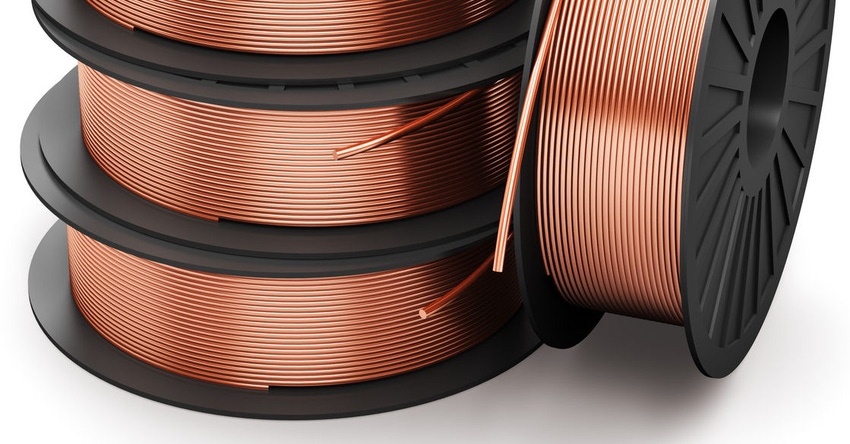As BT continues its copper renaissance mission, the operator has claimed it has created a G.fast-enabled C-RAN using a copper-based backhaul link.
February 10, 2016

As BT continues its copper renaissance mission, the operator has claimed it has created a G.fast-enabled C-RAN using a copper-based backhaul link.
Traditionally, C-RAN relies on dedicated fibre links to connect cellular base-stations to the LTE network – also known as backhaul. BT says its lab trials prove G.fast, the copper-optimising vectoring technology, is capable of handling high-speed LTE data transfers, thus simplifying the architectural challenges involved with deploying the fibre infrastructure required for backhaul.
Working with Cavium, the semiconductor manufacturer which supplied its base-station processing solution, BT says the trials were able to deliver cellular data speeds of 150-200Mbps over copper links.
The principal benefit in the context of urban cellular coverage, BT claims, is to remove the need for complex and expensive installations of fibre backhaul links between radio towers on the network edge and the mobile core. This maximisation of existing copper assets for cellular network optimisation is going to be an important facet of 5G infrastructure, BT reckons.
“Using G.fast to deliver a cellular network is an exciting breakthrough for C-RAN and yet another world first for our team of researchers at Adastral Park,” said BT’s MD for R&D, Tim Whitley. “These technologies will play a key role in 4G networks and will be fundamental to 5G architectures. The trials are another step towards a fixed and mobile network which will support customers’ increasing demands for data.”
This announcement constitutes the first known attempt at using G.fast in a mobile environment. BT has been extremely forthcoming about its ambition to use the technology to maximise the possibilities of copper networks for superfast broadband in densely populated, and therefore difficult to engineer, urban environments. It is currently undertaking live trials in three towns in the UK: Gosforth, Huntingdon and Swansea.
Some estimates of speeds achieved using G.fast from cabinet to premises suggest more than 1Gbps in specific conditions is possible. BT has said if the trials are successful, it will deliver ultrafast broadband to over 10 million UK homes by 2020 – although has tempered download speed expectations, saying 500Mbps is more likely.
About the Author(s)
You May Also Like








.png?width=300&auto=webp&quality=80&disable=upscale)


_1.jpg?width=300&auto=webp&quality=80&disable=upscale)


.png?width=800&auto=webp&quality=80&disable=upscale)